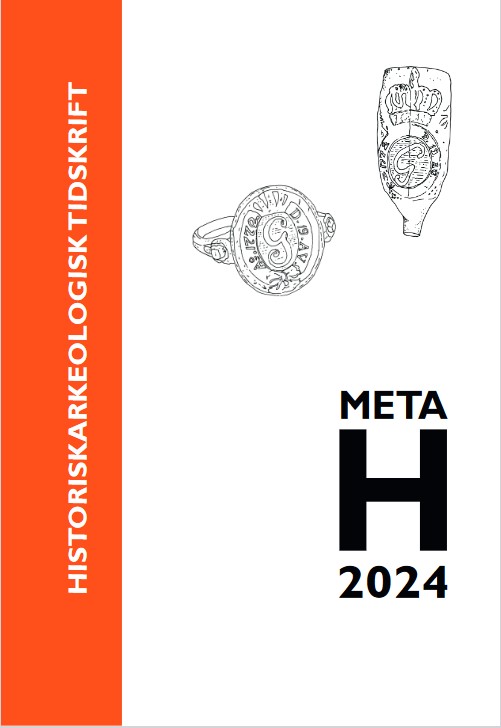En angelsaksisk steinkirke på opphavsstedet til Norges tidligste helgenkult? Nye spor funnet på Selja - St Sunnivas og Seljemennenes helligdom
DOI:
https://doi.org/10.59008/meta.2024.22951Nyckelord:
Byggnadsarkeologi, ruinkonservering, helgenkultAbstract
The island Selja on the Norwegian West coast is the alleged martyr site of the saints of St Sunniva and the Seljumen, who according to legend, lived and died in the 10th century. Study of the ruins on the island has revealed the importance and development of the site during the Middle Ages. They comprise the remains of a bishop’s church, a Benedictine abbey, a rockshelter chapel and a terrace complex in the hillside. The additional ruins of a pilgrim’s church have been investigated as part of ongoing conservation.
The investigation has revealed unknown traces of an early building phase in the church ruin, which has been interpreted as a stone chapel dating before the episcopal see was established at Selja c.1068–70. Architectural features indicate Anglo-Saxon craftsmanship, which is further supported by the site’s archaeological context. This article argues that this unusual early stone chapel must be the result of communication and travels across the North Sea, at a time when Anglo Saxon priests and Christian conceptions came to Norway to bring Christian conversion and royal conquest.
Downloads
Publicerad
Referera så här
Nummer
Sektion
Licens
Copyright (c) 2024 Regin Meyer

Det här verket är licensierat under en Creative Commons Erkännande 4.0 Internationell-licens.







